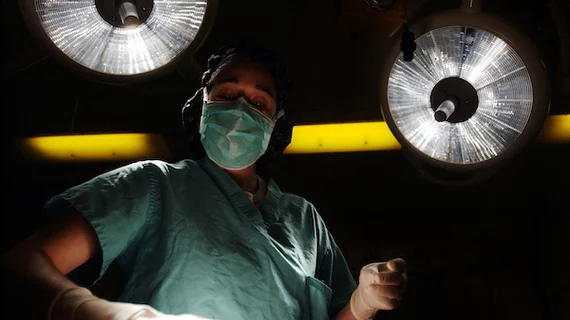Patient survival after bicuspid aortic valve (BAV) repair, with our without concomitant aortic replacement, is “excellent,” according to a new analysis published in JAMA Cardiology.
The study’s authors tracked more than 1,000 patients who underwent BAV repair for aortic regurgitation and/or ascending aortic aneurysm from October 1995 to June 2018. All patients were treated at the same institution, and the mean patient follow-up was 56 months.
In the study, the researchers detailed how they shifted their policies over the years to improve patient care. They “identified important factors associated with valve failure” and worked to address each issue. For example, after noting that symmetric prolapse was “an important mode of failure,” the team employed an effective height concept when selecting valves for repair. Another ongoing issue was the use of autologous pericardium as partial cusp replacement.
“These results led us to modify our repair approach by selecting patients more carefully,” wrote lead author Ulrich Schneider, MD, Saarland University Medical Center in Germany, and colleagues. “More important, we developed a suture annuloplasty to address annular dilatation, with good midterm results. We also modified the circumferential orientation, attempting to come as close as possible to a symmetric configuration.”
Overall, the institution achieved a survival rate after 15 years of 82.1%. The team’s cumulative incidence of reoperation was 30.7%.
Once the team moved to an anatomic repair concept, Schneider et al. emphasized, the 10-year outcomes improved significantly.
“This study suggests that survival after BAV repair is excellent and that a large proportion of BAV repairs will remain stable,” the authors wrote. “Repair stability can be markedly improved by an anatomic repair concept. Cusp calcification and the need for cusp repair using a patch remain the factors most strongly associated with valve failure. In those instances, valve replacement should be preferred.”

